
Ideal for a calm and soothing domestic environment.
You might be feeling that your life is in a major state of flux right now. Don’t worry; you’re not alone. With life as we know it forever shapeshifting beyond the four walls of home, now more than ever, the idea of making your home a sanctuary is so meaningful. It’s vital to have somewhere to relax and renew your energy, a place where you can reflect and practice mindfulness and meditation, when things in the wider world are so uncertain.
The design and layout of your home can transform your outlook, bringing calmness and comfort when done right. As the architecture experts at Scroxton & Partners advocate, your ‘home is a sanctuary and a place where you can grow and flourish’, and the physical design and layout can make a massively meaningful difference to this.
Indeed, the importance of design as a catalyst to physical, physiological and psychological wellbeing shouldn’t be underestimated. Creating a sense of serenity through your interiors has never been easier, with these; our 5 interior design tricks for creating a sanctuary at home, IDEAL for a calm and soothing and domestic environment.
GARDEN’S AREN’T ALWAYS OUTDOORS
When it comes to designing a space that promotes healing and recovery, of contemplation and perspective, nature is a crucial element which should be incorporated into the design process at every turn.
Plants which exude a sense of tranquillity and create a healing energy are a good starting point in creating a relaxing environment at home. However, with so many of us confined to the concrete jungle of cities with no garden or balcony to call our own, we’re required to get creative when it comes to adding green space to our home.
With a little ingenuity, you can create a lush, green garden inside those four walls, even if your living space is what estate agents would generously describe as ‘cosy’. Of course, the location of your indoor garden should be dictated by the plant’s light requirement needs, however, the trick to creating an indoor garden is to treat it like a piece of furniture. Use a step ladder as a plant stand or a clothing rack to hang plants pots from. Or, if space is really limited, consider a DIY vertical garden or a living green wall which won’t eat up valuable space.
In terms of the houseplants best equipped to purify the air and destress your home, we’ll defer to the experts (sorry, it’s just us again!) and redirect you to our tips on 5 of the best air purifying plants for your home office.
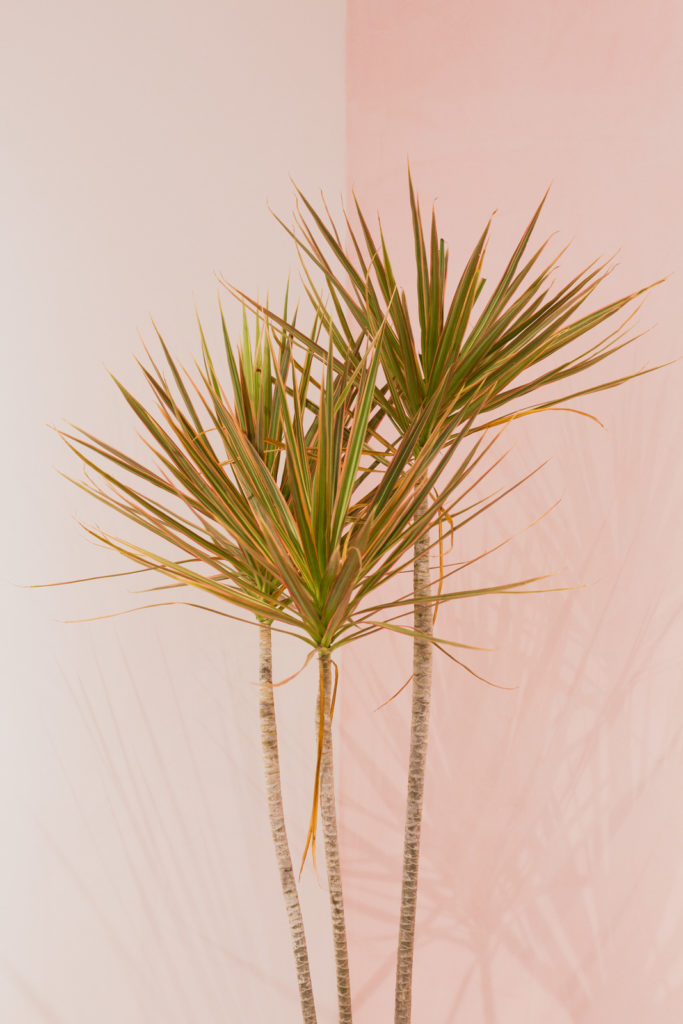

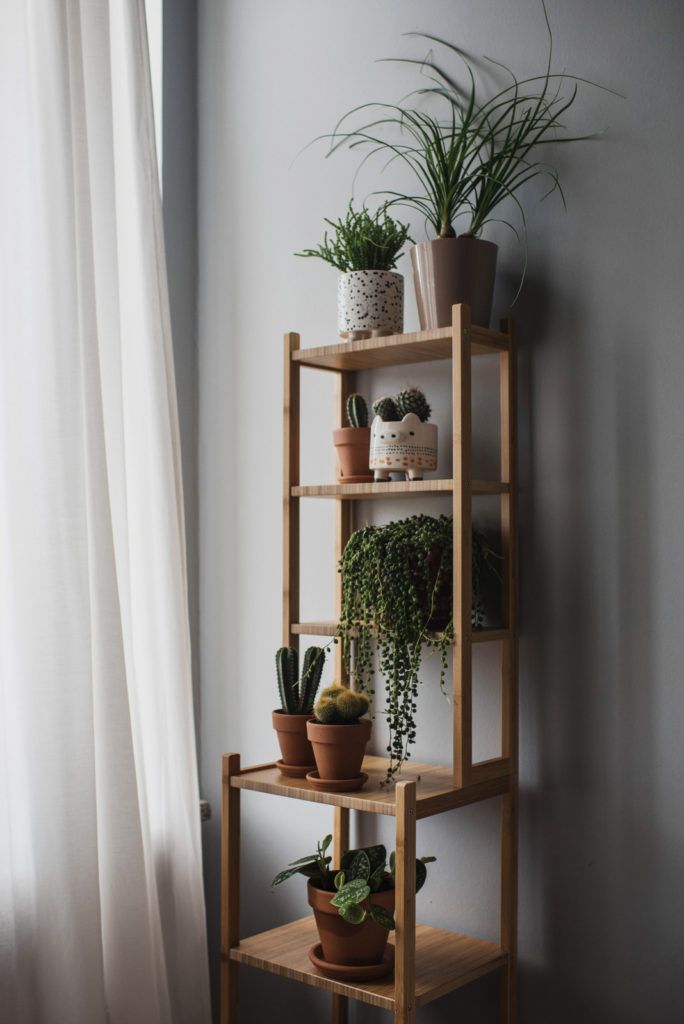
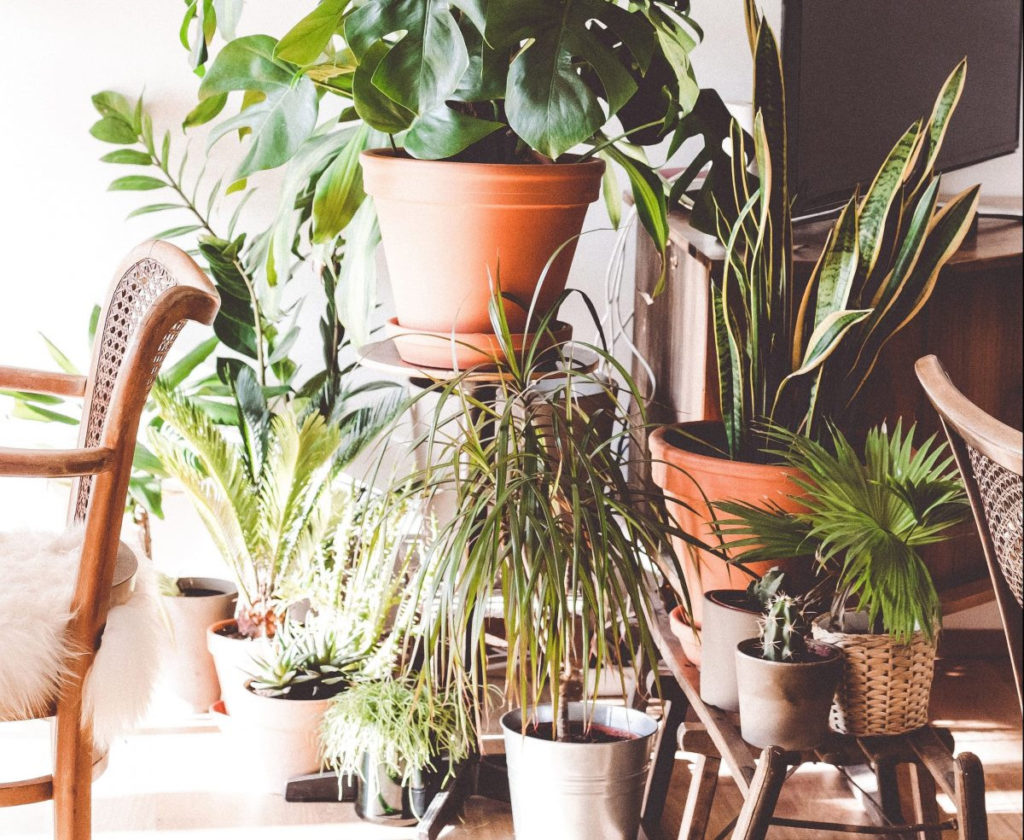
CLEANSE & SIMPLIFY YOUR HOME
Speaking of space, a cluttered, disorganised space can overwhelm your senses, bombarding your mind with too much stimuli and creating undue stress and anxiety. In fact, clutter draws unwanted attention away from the things we want or should be focusing on, like our happiness, health and wellbeing. Moreover, clutter makes unwinding and relaxing difficult, both in the mental and physical sense. Your home should offer a reprieve from stress and anxiety, not be a cause of it; a mantra you should apply at every turn of home decoration and design.
To create the serenest of scenes, simplify your home by identifying essential items and eliminating the rest. While it’s important to cleanse your home of things you don’t use, it’s also essential to find a home for all the belongings you do use.
Tap into the potential of clever storage solutions to both minimise clutter and keep hold of items you cherish. Incorporate secret storage spaces into your home; think under the stairs and inside partition walls or your even in furniture. Copy the favourite hiding place of monsters across the globe and make good use of under-the-bed space; don’t just slide loose items under there and hope for the best. Instead, compartmentalise with item specific boxes for best results. And, should you be blessed with an attic space, make the most of it.
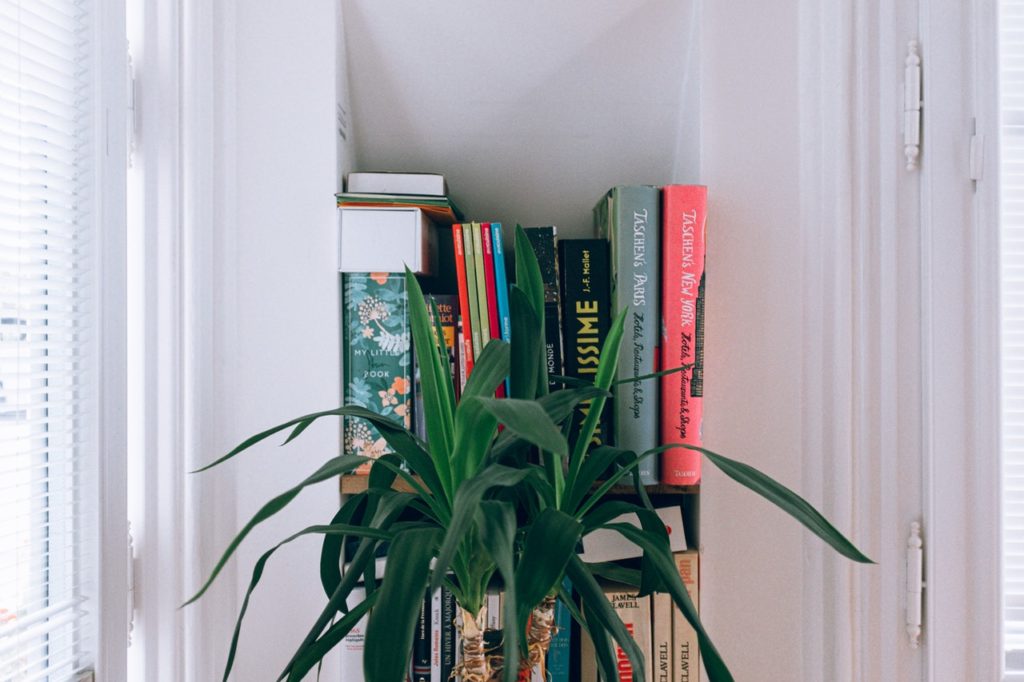
LET IN NATURAL LIGHT & FRESH AIR
As SAD sufferers will reliably attest, natural light can lift your mood immeasurably. It can increase the level of warm energy running through your home, give you a nice dose of vitamin D and a much-needed boost of serotonin. And we all need a legally permitted dose of that right now.
If your home lacks expansive windows, glass doors or open outdoor space, then, fortunately, there are some interior design strategies to remedy that bereavement. Investigate low intervention tweaks to easily incorporate or maximise daylight, such as strategically placed mirrors and reflective objects, the elimination of all clutter next to natural light sources, regular window cleaning and lightening up the colour of your walls.
There are also various architectural solutions which can increase the flow of natural light in the home with the assistance of an architect. Try to maximise natural ventilation via passive daylight systems, by adding skylights, clerestories and solar tubes, which channel extra sunlight around the house via narrow openings which wouldn’t otherwise be exploited to their full potential.
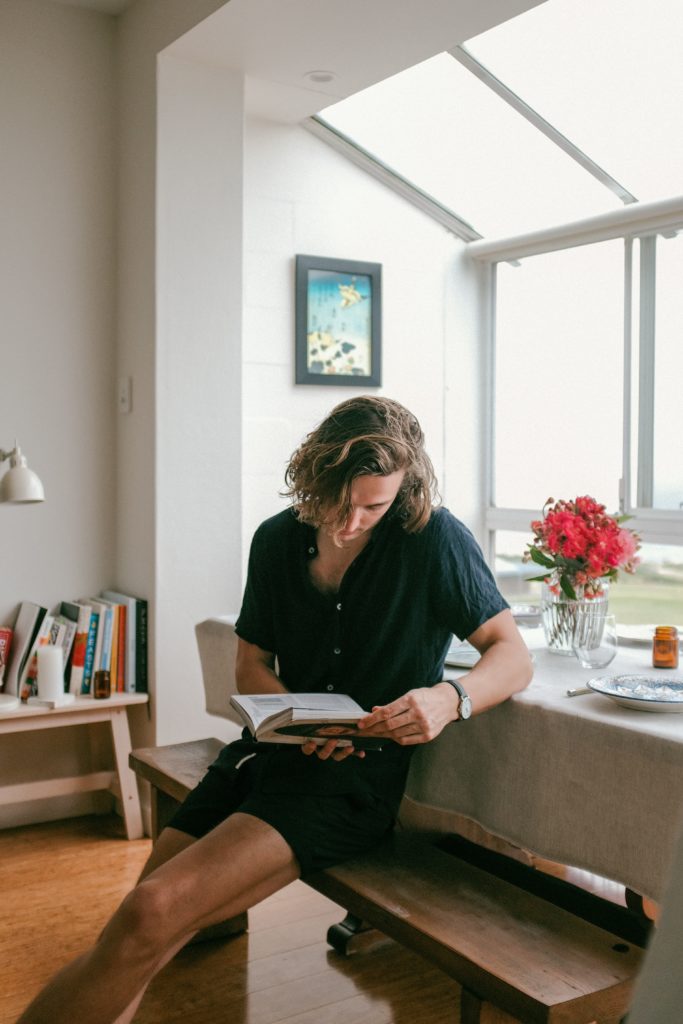
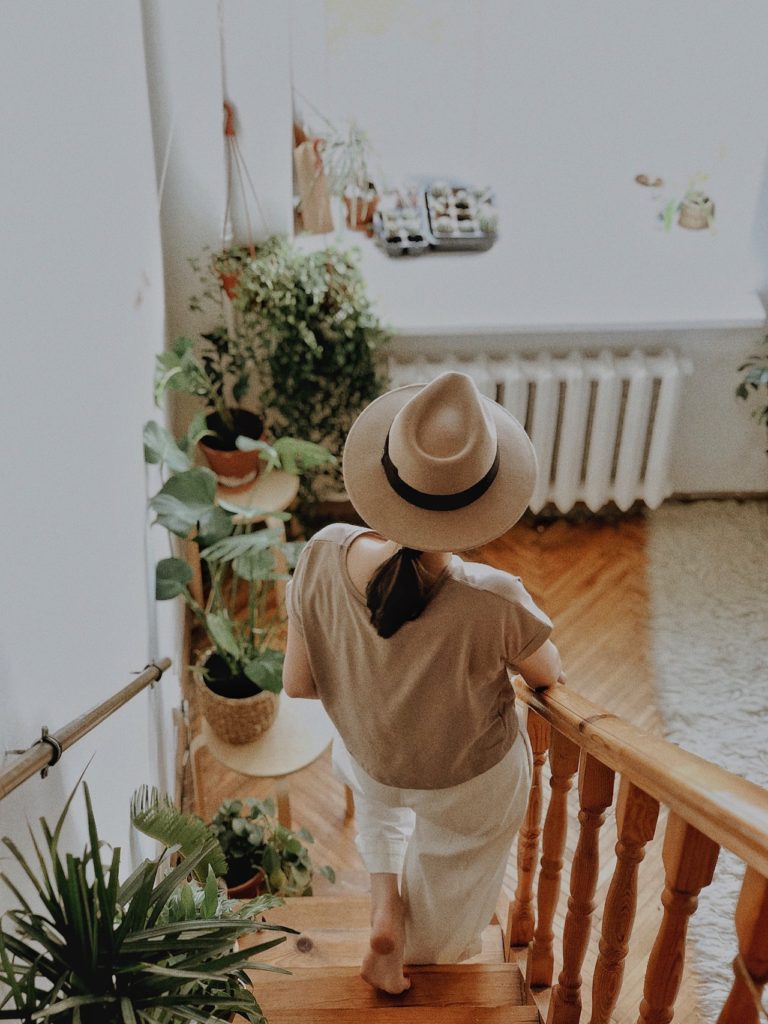
FOCUS ON WHAT BRINGS YOU JOY
So that you can find peace and allow yourself to flourish at home, it’s important to focus on what brings you joy. You can do this by creating a ‘personal power spot’, as advocated by design and energy expert Maire Kondo. For the uninitiated, this is an area that holds items that bring you the most joy, which you return to in order to recalibrate, recharge and boost contentment.
If you love to paint, for instance, create a space permanently occupied by your easel and art supplies. Or, should you be a voracious reader, design a reading nook with shelves full of your favourite books. This personal power spot should contain good natural light and a view of the outdoors, to help you unleash creativity and to look inwards, meditatively, equally.
When it comes to priorisiting the design of your home with ‘joy’, keep in mind the 5 R’S – relax, refresh, recover, reinvigorate and recharge. The use of this numeric mnemonic is an excellent way to ensure your interior is designed as a ‘sanctuary space’ with wellbeing at the forefront of every decision.
Yes we totally just made up the 5 Rs, but you’re already kinda on board with it, right?


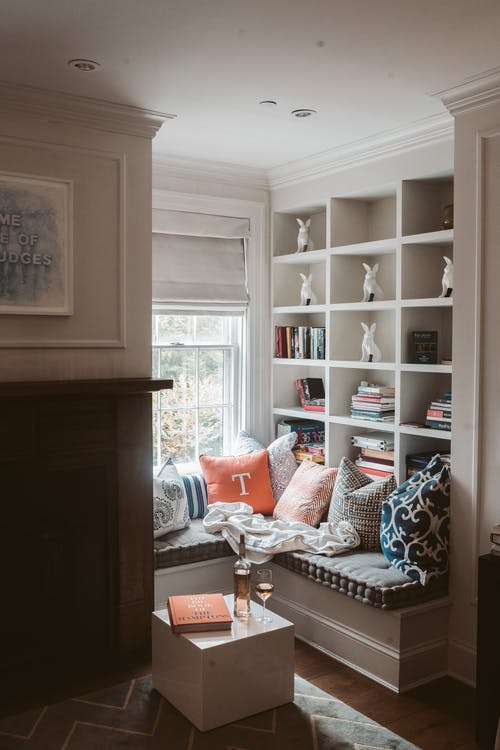
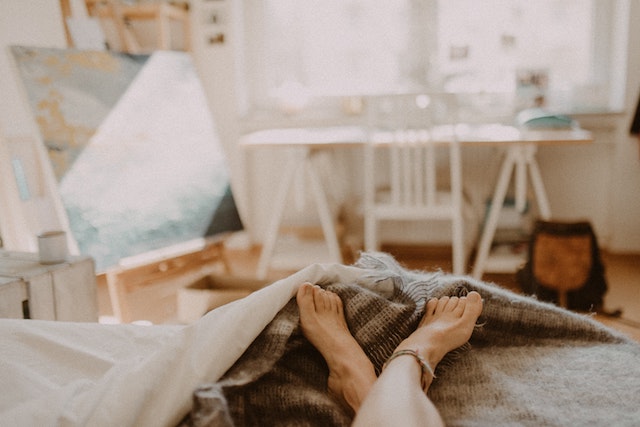
SENSORY DESIGN
So much interior design seems focused on the aesthetic that sometimes the other senses are given short shrift. This is a rookie error, but it’s also one easily remedied.
Do pay attention to sight, of course. A sanctuary doesn’t have to be all white and minimalist. If a palette of restrained and elegant muted tones brings you serenity that’s great, but if you respond more favourably to colour and vibrancy, harness that energy instead.
Don’t neglect sound in your design. Place speakers in ergonomically approved locations; their output is best enjoyed at ear height. Ideally, speakers should play along the length of the room, with the ‘face’ exposed to the maximum amount of the room as possible. It’s also suggested that speakers are placed at a 60 degree angle to where you’re planning on listening, to give the best impression of a stereo sound. Though it might sound obvious, nothing should stand between the speaker’s output and your ear, physically.
Touch can be profoundly soothing and settling in your domestic space, too. As such, be careful not to place so much emphasis on appearance that ‘feel’ is neglected. Furnish your space with soft to touch fabrics and place value on comfort. Finally, smell should also play a big part in any home sanctuary setting. Amping up aromatherapy and optimising your olfactory sense can help you gain that inner calm. Chamomille and lavender scents are particularly evocative of a peaceful space.





